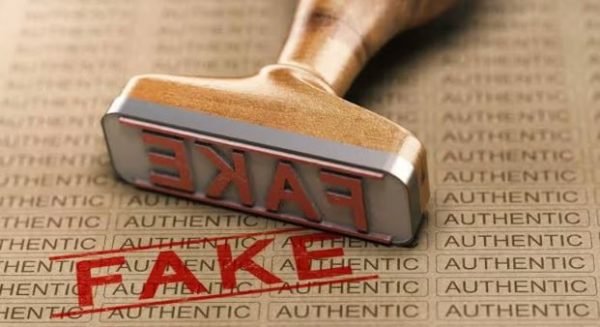Lifestyle
5 tips to avoid buying fake products
Counterfeiting is a widespread practice, and using fake items can pose significant health risks, especially since the counterfeit versions might not function as intended.
Are you worried about unknowingly purchasing fake or counterfeit products? Fortunately, there are a few tips to identify fake products.
Here are some of them;
1. Check packaging quality
The first step in spotting fake products is examining the packaging. Authentic items typically have high-quality packaging with clear logos, consistent fonts, and proper spelling. To identify a fake product, watch out for poor print quality, misspellings, or irregularities, as these may indicate a counterfeit.
2. Verify labels and holograms
Authentic products often come with specific labels, holograms, or seals of authenticity, and this is another way to spot a fake product. Counterfeiters struggle to replicate these details accurately. Taking the time to carefully inspect the labels and holograms, ensuring they match the genuine product’s characteristics can help you avoid buying fake products.
3. Do an online research
Many reputable brands maintain active online social media pages. If you are uncertain about a particular product, conduct a thorough online search and visit the brand’s official social media pages. Compare the product images, paying attention to details such as colour, size, and design. You might notice some differences between the product you’re considering and the authentic product and this may indicate a counterfeit. You can also compare prices and if you notice a significant difference, that is also suspicious.
4. Purchase from reputable sellers
To also minimise the risk of buying fake products, it is better to opt for reputable and authorised sellers. Well-established retailers are more likely to source their products directly from manufacturers or authorised distributors, reducing the chances of selling counterfeit items.
5. Check expiry dates and registration numbers
Counterfeit products may lack accurate expiration dates and/or proper registration numbers. Always check these details, particularly when purchasing items with a shelf life, such as food, cosmetics, or medications.
While verifying products may require additional time and effort, it is a worthwhile investment to mitigate potential health risks associated with fake products. Stay vigilant and prioritise purchasing from reliable sources to ensure the authenticity of the products you bring into your home.







